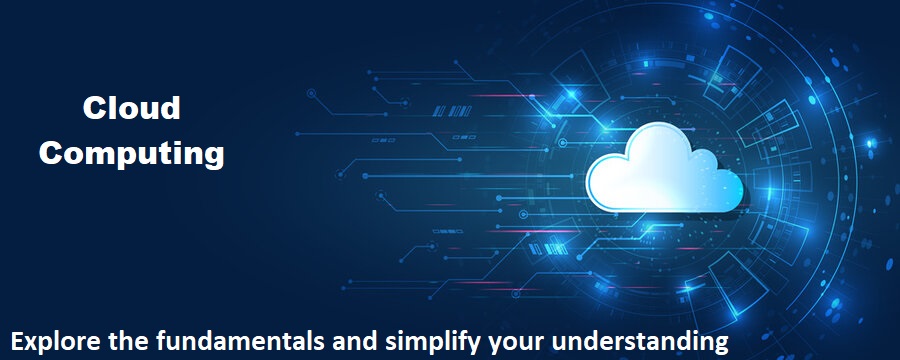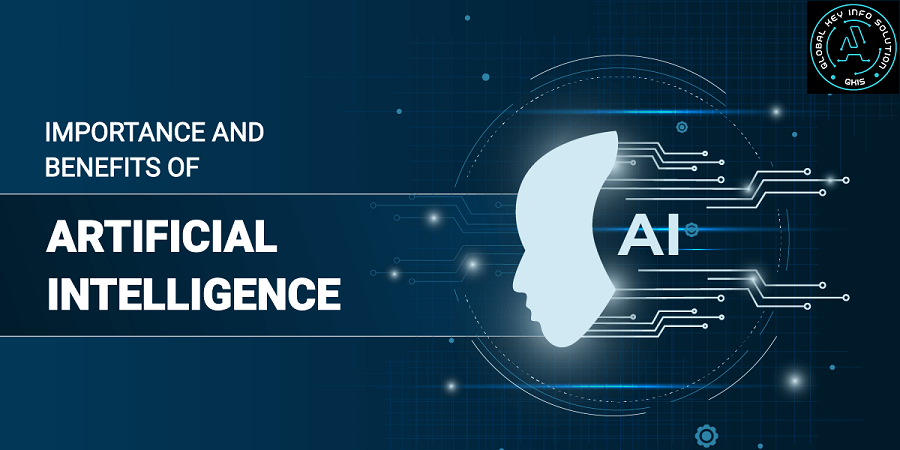Cloud computing has revolutionized the way businesses operate, offering unparalleled flexibility, scalability, and cost-efficiency. However, navigating the myriad of concepts and terminology can be daunting for newcomers. That's where we come in.
Cloud computing refers to the delivery of computing services—including servers, storage, databases, networking, software, and more—over the internet (the cloud). Instead of owning and maintaining physical hardware and infrastructure, users can access computing resources on-demand from cloud service providers.
Here are some key components and characteristics of cloud computing:
On-Demand Self-Service: Users can provision computing resources, such as storage or virtual machines, as needed without requiring human intervention from the service provider.
Broad Network Access: Cloud services are accessible over the internet from a variety of devices, including desktop computers, laptops, tablets, and smartphones.
Resource Pooling: Cloud providers pool together computing resources to serve multiple users, allowing for efficient resource utilization and scalability.
Rapid Elasticity: Cloud resources can be rapidly scaled up or down to accommodate changing demands, providing flexibility and agility to users.
Measured Service: Cloud computing resources are typically metered and billed based on usage, allowing users to pay only for the resources they consume.
Cloud computing can be categorized into three main service models:
Infrastructure as a Service (IaaS): Provides virtualized computing resources over the internet, such as virtual machines, storage, and networking. Users have full control over the operating systems and applications running on the infrastructure.
Platform as a Service (PaaS): Offers a platform for developing, deploying, and managing applications without the complexity of building and maintaining the underlying infrastructure. PaaS providers typically offer development tools, databases, middleware, and other services to support the application lifecycle.
Software as a Service (SaaS): Delivers software applications over the internet on a subscription basis. Users access the software through a web browser or application interface, eliminating the need for local installation and maintenance. Common examples of SaaS include email services, customer relationship management (CRM) software, and productivity suites.
Cloud computing offers several benefits, including:
Flexibility: Users have the flexibility to choose from a variety of cloud services and deployment models to suit their specific needs and preferences.
Cost Savings: Cloud computing eliminates the need for upfront investment in physical infrastructure and reduces ongoing maintenance costs. Users can pay only for the resources they use on a pay-as-you-go basis.
Accessibility: Cloud services can be accessed from anywhere with an internet connection, enabling remote work, collaboration, and access to data and applications on-the-go.
Conclusion:
Overall, cloud computing has become an integral part of modern IT infrastructure, empowering businesses and individuals with the flexibility, scalability, and efficiency needed to succeed in today's digital world.





Comments (0)